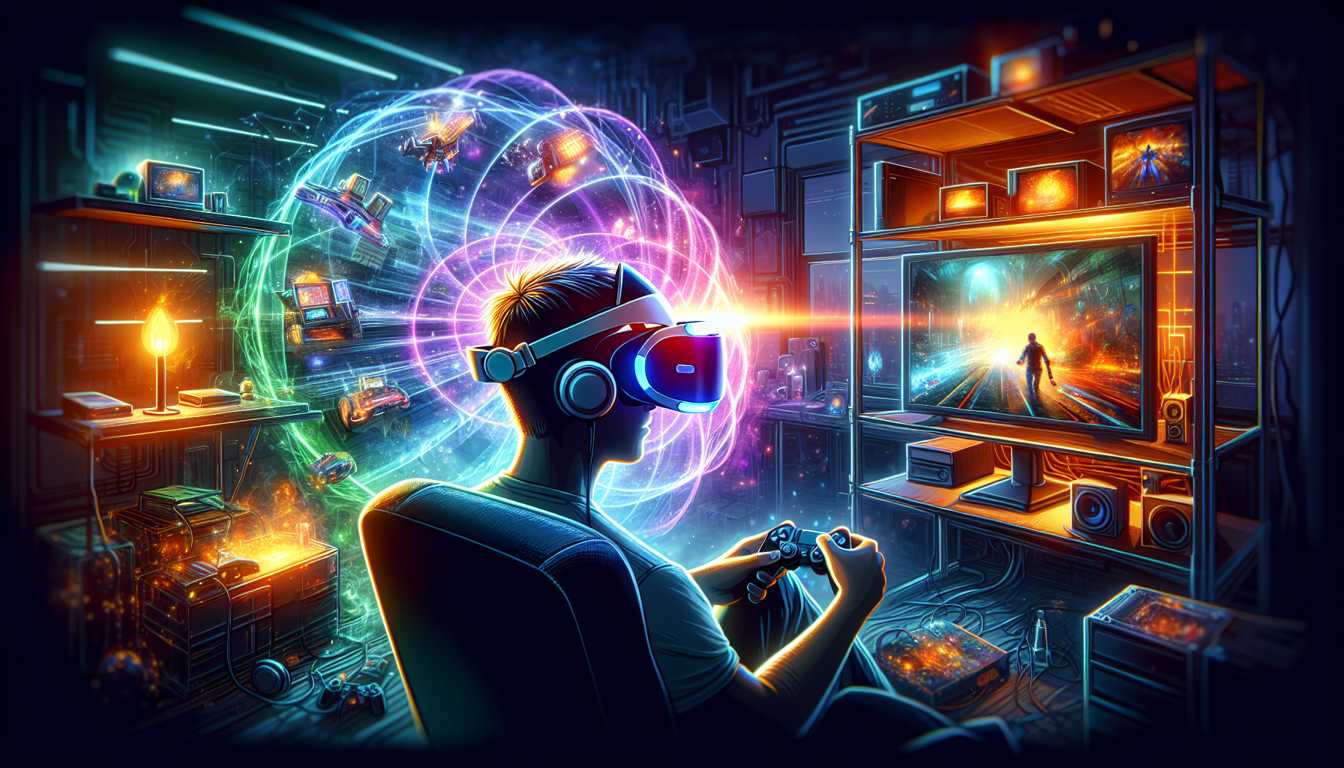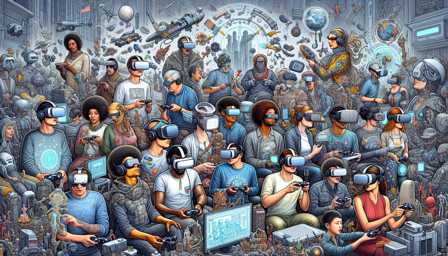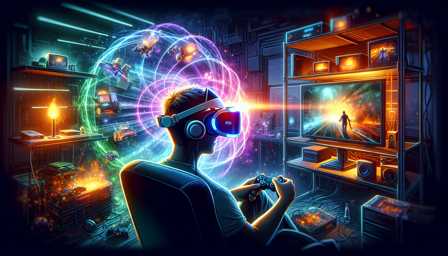
The Future of Gaming: How VR is Changing the Play Landscape
The gaming industry, a dynamic and ever-evolving sector, has entered a new era with the advent of Virtual Reality (VR). This technology is not just a new gadget for gamers; it represents a monumental shift in how we interact with digital environments. VR's immersive nature is redefining the boundaries of gaming, offering experiences that were once the stuff of science fiction.
The Evolution of VR Gaming
Early Days to Modern Breakthroughs
VR's journey from a niche technology to a mainstream gaming platform has been remarkable. The early prototypes of VR, often cumbersome and prohibitively expensive, have given way to sleek, user-friendly devices. Recent advancements have made VR more accessible, with devices like the Meta Quest 3, HTC VIVE, and Sony's PlayStation VR2 leading the charge.
Key Products and Innovations
- Meta Quest 3: Notable for its standalone operation, eliminating the need for a powerful PC.
- HTC VIVE: Offers room-scale tracking, allowing players to move around in a physical space.
- PlayStation VR2: Brought VR to the console market, making it accessible to a broader audience.
Immersive Gaming Experiences
Breaking the Fourth Wall
VR gaming's hallmark is its ability to immerse players in a virtual world. Through 360-degree visuals and spatial audio, gamers are not just playing a game; they are entering a new reality. This level of immersion enhances emotional and psychological engagement with the game.
Physical Engagement and Interaction
Motion tracking technologies in VR allow for natural, intuitive interactions. Players can use their hands to manipulate objects, engage in combat, or create art, offering a level of physicality that traditional gaming cannot match.
Case Studies in Immersion
- Half-Life: Alyx: A groundbreaking title that showcased VR's potential for deep, narrative-driven experiences.
- Boneworks: An experimental physics VR adventure that offers an unprecedented level of interaction with the game world.
The Social Aspect of VR Gaming
Virtual Communities and Social Interaction
Platforms like VRChat and Rec Room demonstrate VR's capacity to foster social connections. These virtual spaces allow players to meet, interact, and participate in activities together, transcending geographical barriers.
VR and Esports
The Emergence of VR in Competitive Gaming
VR is beginning to make its mark in the esports arena. Games like Onward and Pavlov VR offer competitive, team-based experiences that are engaging for both players and spectators, hinting at the potential for a unique VR esports ecosystem.
Overcoming Challenges
Accessibility and Comfort
The cost and physical demands of VR remain barriers. However, ongoing advancements are focusing on making VR more affordable and comfortable, with lighter headsets and better motion sickness mitigation techniques.
Technological Limitations and Future Developments
Current VR technology still has limitations in areas like field of view and resolution. Future advancements are expected to address these issues, alongside developments in wireless technology and more sophisticated haptic feedback systems.
Conclusion
VR is not just altering the gaming landscape; it's revolutionizing it. By offering unparalleled immersion, creating new social paradigms, and pushing the boundaries of interactive entertainment, VR stands at the forefront of a new gaming revolution. As the technology continues to evolve, we can expect VR to become an integral part of the gaming world, offering experiences that are increasingly diverse, immersive, and accessible to a global audience.



